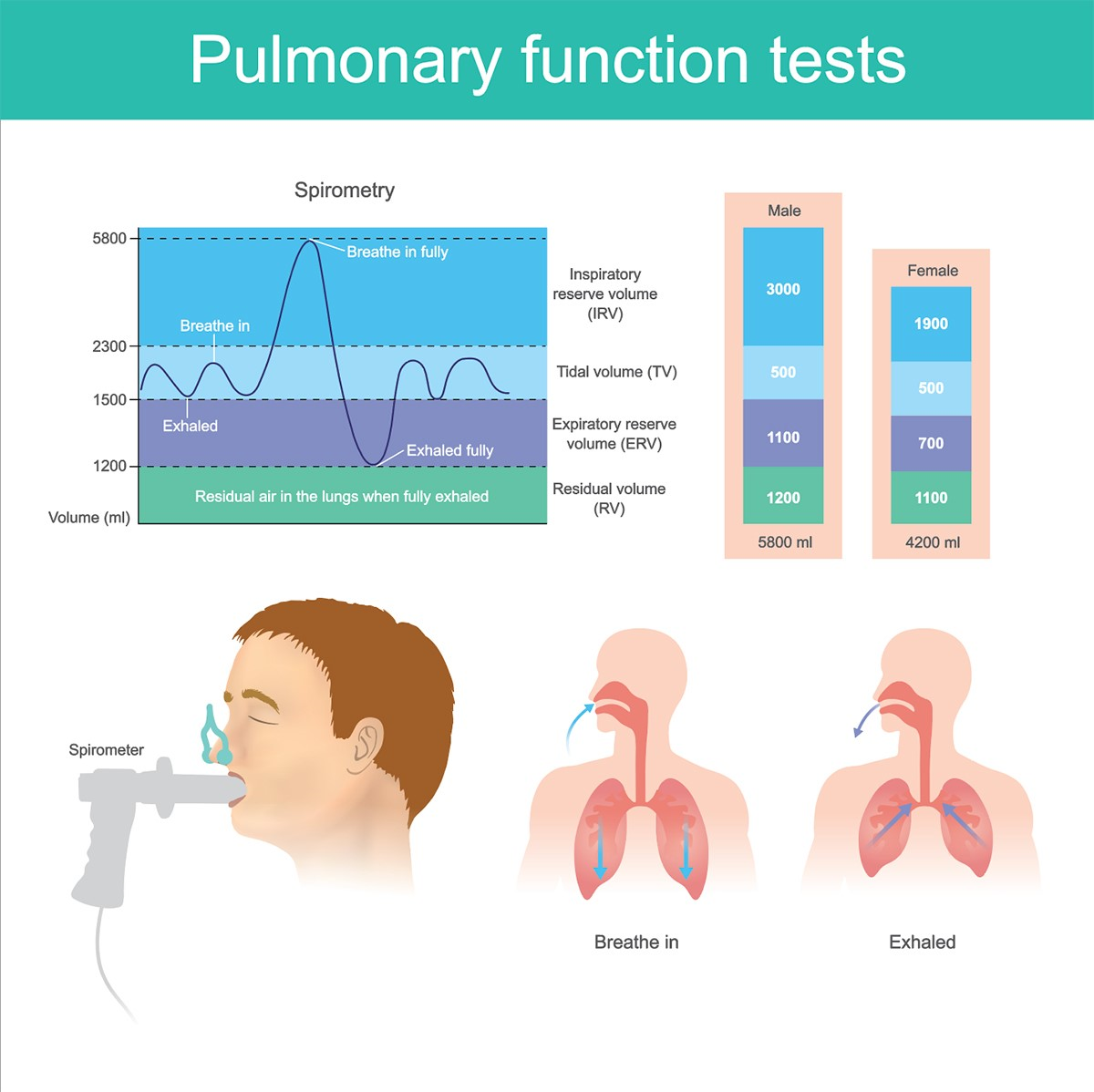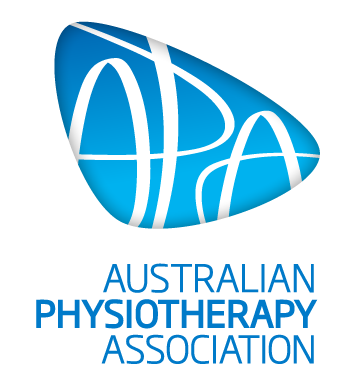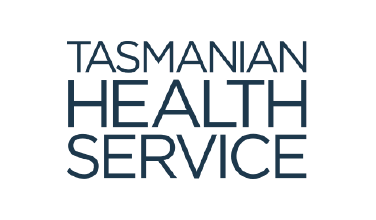How Is Lung Function Measured?
When you go to clinic your physiotherapist, or a technician in the lung function lab may ask you to complete a lung function test using a spirometer. A spirometer is a little machine that measures your lung function or spirometry. It can also draw a graph of your lung function. To use this machine, you need to blow through it as hard, as fast, and as long as you can manage – similar to blowing out a lot of birthday candles on a cake. The clinic staff will work together with you to teach you how to use this device.


The EasyOne® Air and Easy on-PC Spirometers are two of many devices used to measure lung function. You may see a different machine at your clinic.
Spirometry can measure:
FEV1– Forced Expiratory Volume in 1 second: How much air you can get out of your lungs in the first second of blowing out.
FVC- Forced Vital Capacity: How much air you can get out of your lungs in a big breath out.
What do the numbers mean?
Scientists have spent a lot of time testing people’s lung function. They have created a list of the expected lung function results for adults and children without any lung problems taking into consideration things like age, gender, and height. These are called a normal predicted value. This normal predicted value changes as you age, and as your height changes. Spirometry results are shown in real numbers and percentages, Z scores or lower limit of normal (LLN) (these numbers help compare your lung function to someone’s lungs without CF, the same age, height and gender).
Why do we measure lung function?
Lung function tests are an important tool to measure the health of your lungs.
Health care teams want to try to stop/prevent loss of lung function. Loss in lung function can occur due to many different things including more sputum or inflammation or swelling in your lung caused by infection, and in the long term lung function is lost when scarring occurs. Preventing infection, to prevent scarring, and maintaining your lung function is something your CF team will work hard with you to achieve. Monitoring lung function also helps your healthcare team to make treatment changes.
Lung function is just one measure your team will use to monitor your health. Your health care team will monitor the trends in lung function. It is an outcome measure that trends can closely be monitored. However it is not the only measure, your team may discuss with you other clinical investigations including scans of your chest, monitoring your sputum, and many other measures to help track your health and optimise your care.
The diagrams below are examples of adult lung volumes.










